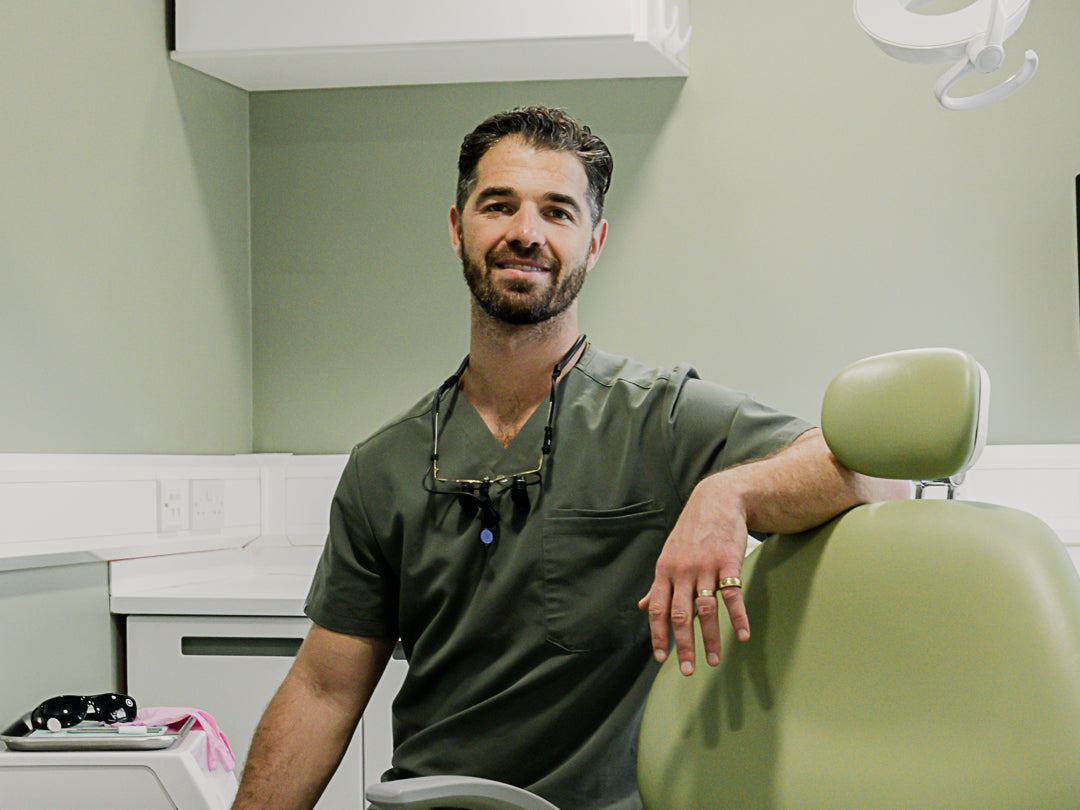If you've been experiencing bleeding gums recently but your dental routine hasn't changed - you're not going mad. There's something that your dentist might not be mentioning...menopause.
We know that huge hormonal shifts happen during the transition to menopause. Your levels of oestrogen, that are responsible for reducing inflammation can rapidly decrease and this actually impacts your oral health. This reduction in oestrogen can impact the flow of saliva, which acts as a natural cleanser for the mouth. This can result in dry mouth, increasing the risk of burning mouth syndrome, gum disease and tooth decay1,2. The upsetting thing is, those hormonal changes can make gums more susceptible to inflammation.
What is the oral microbiome?
While much attention has been given to the gut microbiome, our mouths also harbour a complex ecosystem that plays a crucial role in maintaining both oral and systemic health. We now understand more about the relationship between the oral microbiome and oral disease, as well as broader systemic issues. What many dentists don't mention is that during menopause, hormonal changes, particularly the decrease in oestrogen levels, can lead to significant alterations in the oral environment.
Symptoms to look out for
Deteriorating gums due to the reduced oestrogen production may cause a wide range of symptoms:
- Red, swollen, bleeding gums
- Mouth and gum tenderness
- Burning mouth syndrome
- Altered taste
- Bad breath
- Dry mouth
- Pain on chewing
- Infections3,4
How to support your oral microbiome?
The oral care industry has traditionally focused on 'cleaning' and washing away bacteria. However, as a biological dentist, I believe we need to nurture the beneficial microbes in our mouth, as they can not only protect against cavities but also reduce inflammation. I think a good starting point is looking at the ingredients we're using on a daily basis.
SLS
An early study has confirmed that SLS (sodium lauryl sulphate) in toothpastes had a significant negative effect on the oral mucosa of pre-menopausal women, revealing that increased SLS concentration may increase the irritation of mucosal lining5. More recent studies also discuss the prolonging effect of SLS on oral wound healing6.
Fluoride
The potential toxic effect of fluoride on the endocrine system, its impact on sex hormone and thyroid hormone levels, cortisol secretion and glucose tolerance has also been highlighted in several reviews7,8. Even low dosages of fluoride can suppress thyroid activity causing hypothyroidism (under-active thyroid), increase glucose levels in the blood leading to Type II Diabetes and may reduce melatonin production disturbing the sleep-wake cycle9.
Parabens
These are frequently used as preservatives and antibacterial agents in cosmetics, including toothpaste. Although, according to the Food & Drug Administration (FDA), scientists have not yet found significant evidence for the negative healths effect of parabens (based on 10 mg/kg of use)10, some research is suggesting their breast cancer causing properties11.
Artificial Sweeteners
Most toothpastes contain artificial sweeteners to make them more palatable and enjoyable to use. While these may not be as harmful to the teeth as actual free sugars, the long-term use of these substances can be extremely harmful to the overall health. Although aspartame and saccharin consumption allow fewer calorie intake and reduce the rate of weight gain, it has been shown that even low-dose usage of these sweeteners can lead to increased glucose levels and insulin resistance, which already affects women’s health during their transition to menopause12,13.
Switching to a natural toothpaste
Many women switch to a natural toothpaste during this phase of life. Just remember if you do switch, make sure your natural toothpaste actually protects your teeth. If removing ingredients such as fluoride, make sure you replace with ingredients that still protect your teeth. With my clients, I always recommend a hydroxyapatite toothpaste with zero SLS and zero fluoride.








